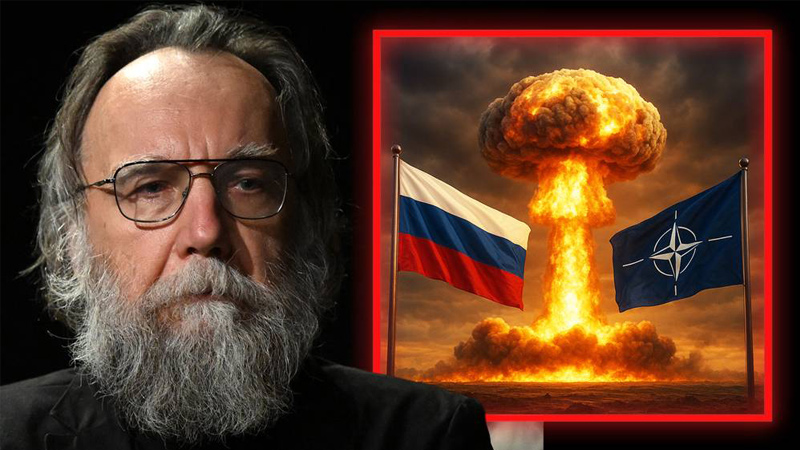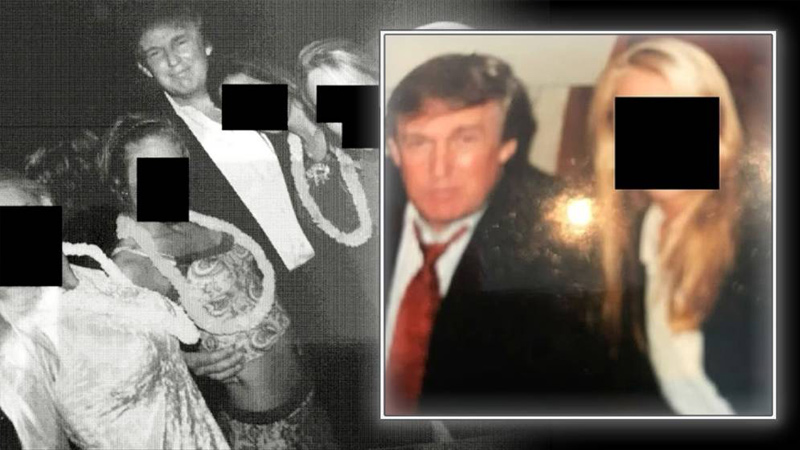
One doesn’t need to know the arcane intricacies of economic theory to understand the effects of price controls.
The Kamala Harris campaign announced today that it will present a plan to ban “price gouging” by food suppliers. In other words, the Harris campaign plans to mandate price controls.
Get ready for rising prices and shortages in meat and other groceries, because that’s where laws against “price gouging”—which are price controls—lead.
Vice President Kamala Harris will propose a federal ban on corporate food and groceries price gouging when she lays out her policies in a North Carolina campaign speech Friday.
According to the campaign, the proposal against price gouging is part of the larger Harris economic policy platform she plans to roll out publicly at a Friday campaign rally in Raleigh.
“There’s a big difference between fair pricing in competitive markets, and excessive prices unrelated to the costs of doing business,” the Harris campaign said in a statement. “Americans can see that difference in their grocery bills.”
Directly addressing soaring meat prices, Harris will focus on corporate consolidation in that market as one reason meat prices are so high.
One doesn’t need to know the arcane intricacies of economic theory to understand the effects of price controls. We know what happens in the wake of price controls because it’s happened before in the United States.
In the 1970s, thanks to years of big-time federal spending on wars and welfare programs, the US abandoned its gold obligations under the Bretton Woods system, and Nixon closed the gold window. Knowing that this would cause prices to rapidly rise, the Nixon administration also implemented a number of wage and price controls as part of a “temporary” 90-day freeze on wages, prices, and rents. These were the first peacetime price controls in US history. As you might guess, however, price controls did not end after 90 days. Only the “freeze” lasted 90 days. After that, prices would be governed by a “Price Commission” and “Pay Board” that would only slowly abolish price controls—but not until after the 1972 election, of course.
By early 1973, many producers had endured price controls for 18 months. US Senate report then concluded that price controls had caused a breakdown in energy production and distribution. Fuel shortages were “far more extensive than anticipated.”
A freeze on prices meant it was no longer profitable for many producers to bring products to markets. The supply of goods and services fell while prices rose. Prices accelerated into 1972 when the CPI rose 3.8 percent, followed by a CPI increase of 8.8 percent in 1973 and 12.2 percent in 1974.
Price controls on food led to predictably disastrous results. Under Nixon’s price controls, farmers couldn’t sell chicken products at prices high enough to justify the cost of feeding the chickens. In the early 1970s, farmers killed over a million baby chicks. Similar problems occurred in the beef and pork industries with farmers sending pregnant sows to the slaughterhouse while dairy cows were butchered.
With prices already being forced upward by the inflationary pressure of Nixon’s runaway government spending and abandonment of the dollar’s last link to gold, price controls pushed prices even higher. Price controls were a key factor in the 1970s economy, now notable for stagflation and crippling cost-of-living increases.
Politically, however, Nixon’s price control scheme was a big success. Following the administration’s announcement on price controls, the Dow went up nearly 33 points, the largest one-day increase up to that time. Naturally, The New York Times showered praise on Nixon’s plan. Moreover, Nixon and his surrogates claimed that Nixon was “doing something” about rising prices. The public loved this “activist” president who was intervening to stop the fat cats from profiting off rising prices. When Nixon was finally forced out of office by the FBI’s orchestrated Watergate scheme, his plummeting popularity had nothing at all to do with the runaway inflation he caused. From the political side of things, experience suggests that price controls worked very well. They helped Nixon win re-election.
Indeed, to this day, when critics of the bad old days of the 1970s talk about the stagflation and economic malaise of that era, the critics usually only mention Jimmy Carter, who was saddled with the effects of Nixon’s experiment. Nixon—who crippled the 1970s economy with his monetary inflation and price controls—gets a free pass.
So, we shouldn’t be surprised that the Harris campaign is planning to enthusiastically announce its plans for price controls. The Harris people can claim she is “doing something” about the economy. This will all be couched in terms of “greedflation” and corporate windfalls and other economic myths used to claim that today’s rising prices—fueled by monetary inflation, massive deficit spending, and a runaway regulatory state—are actually the fault of “too much capitalism.”
Put another way, the price-control plan is nothing more than a cynical ploy to get Harris elected and to scapegoat farmers, ranchers, and other food producers.
I say “cynical” because, at this point, it is beyond naive to think that the Harris campaign is only pushing for price controls because Harris and her advisors have “good intentions,” but are “economically illiterate” and just don’t understand the “unintended consequences” of this policy. It is absurd in the year 2024 to think that no one in the White House or Harris campaign is aware of the effects of price controls.
They know. They just don’t care. Price controls are a political policy. The impoverishing economic effects are just “collateral damage” that are an easy price to pay for the ruling class that will have no problem paying its grocery bills. It is likely that Nixon knew what would happen also, and he didn’t care. What mattered was the 1972 election.
The problem isn’t that Harris’s policy advisors don’t know things about price controls. Politicians push these policies because the public doesn’t understand how price controls work. Outside of organizations like the Mises Institute, where would they learn such things? The economic “experts” in the legacy media never mention the historical realities of price controls. Certainly, few Americans were ever taught in their government-funded schools about the Nixon Shock or what happens when governments plan the economy.
For those who bother, however, to learn about economics and economic history is to understand how the regime is ripping us off. Without this knowledge—and without some understanding of the benefits of private property and free markets—it’s easy for politicians to simply assert that their latest tax or regulation will make everyone better off. Trump does it when he calls for higher taxes in the form of tariffs. A lot of people believe it. Harris is now doing the same thing with price controls. Many will believe her and happily support the latest government policy that will further crush them under a rising cost of living.




